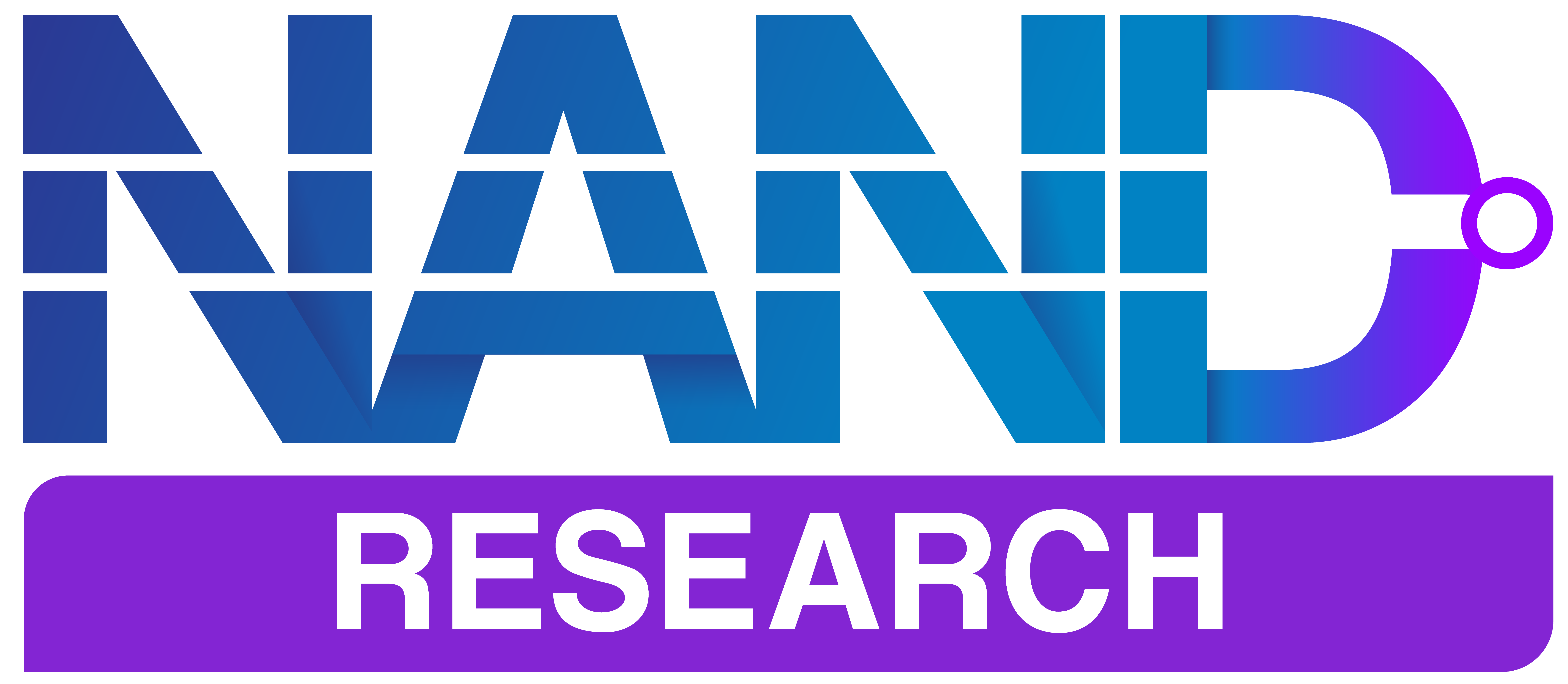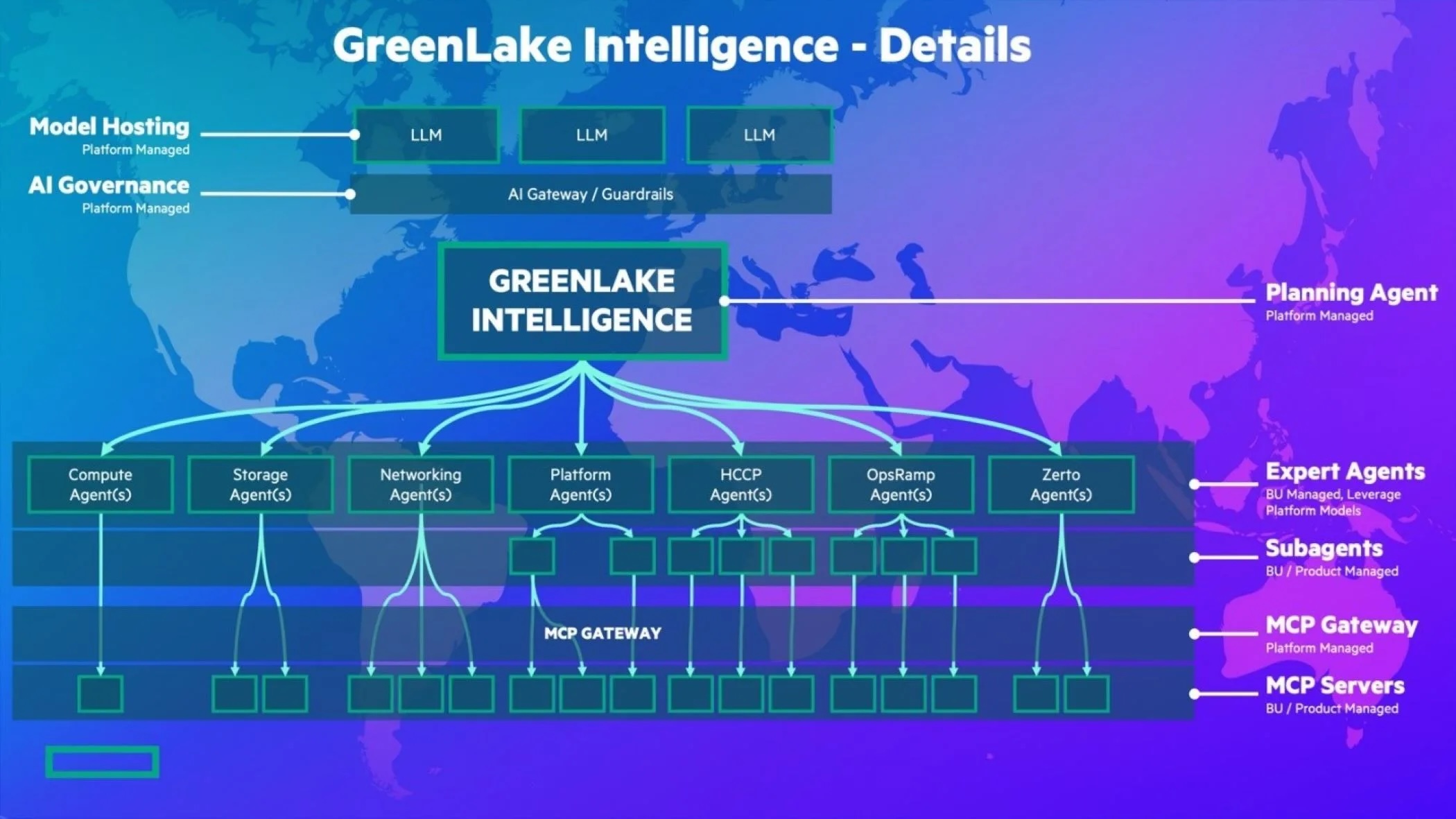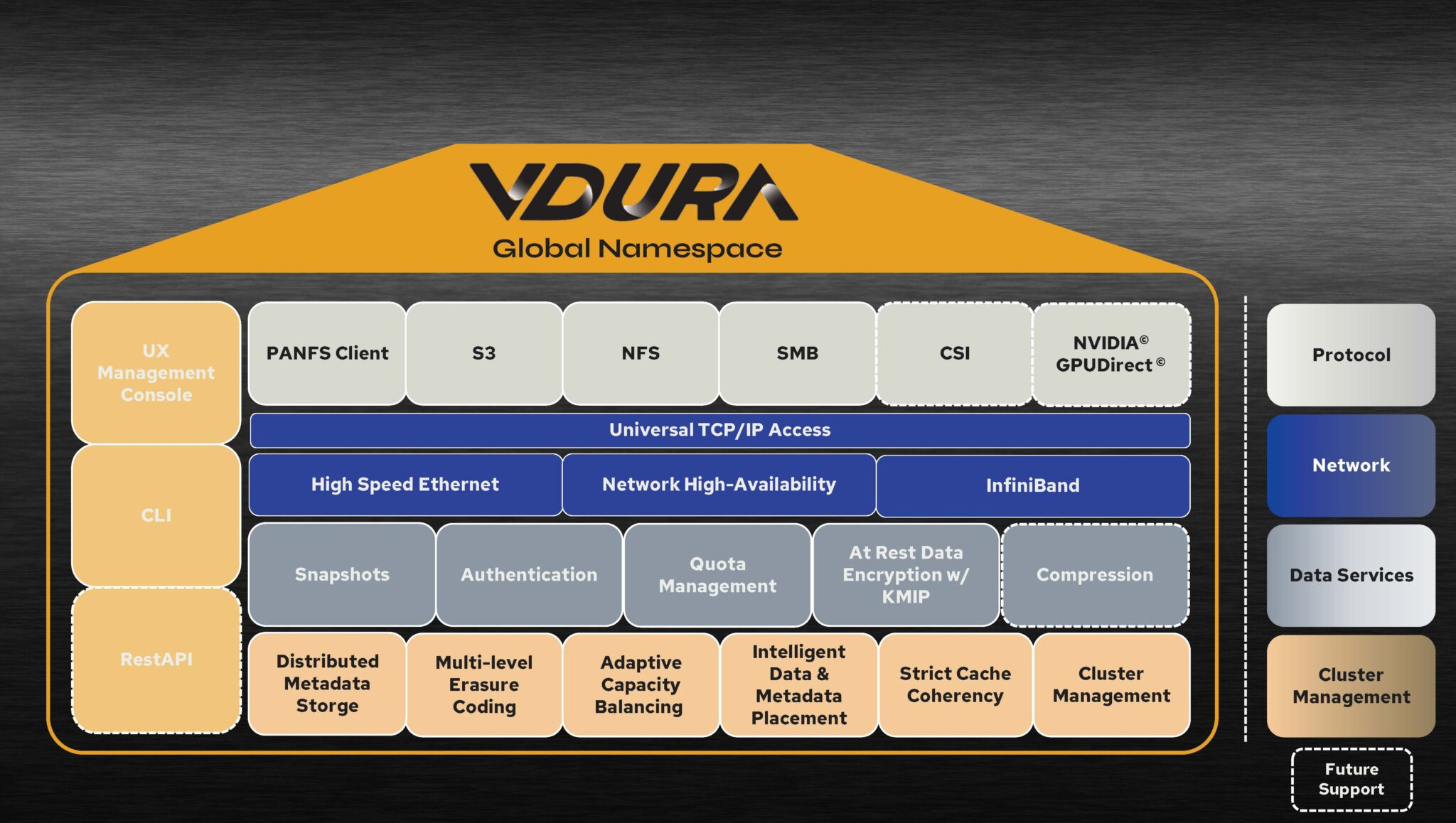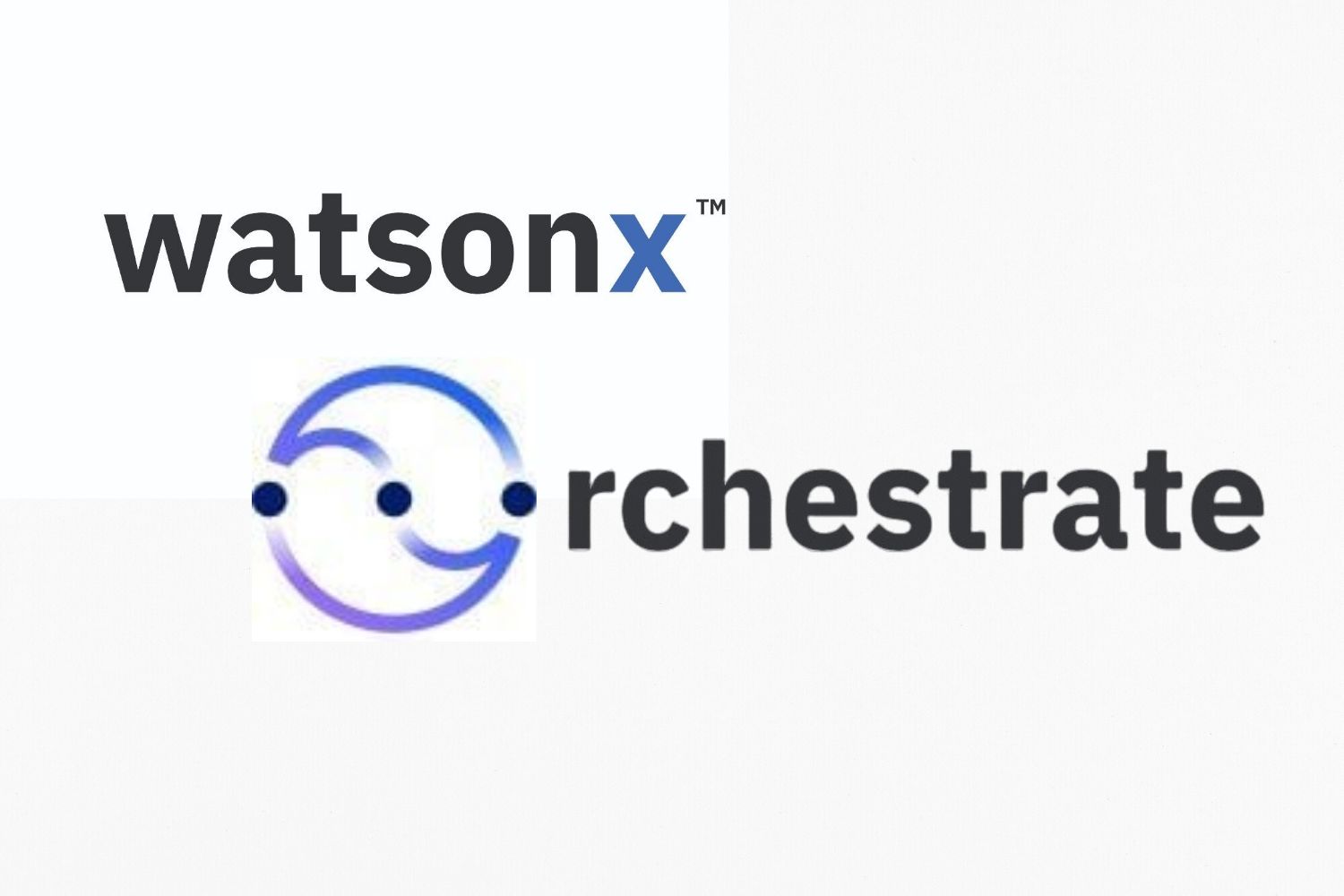IBM recently released Granite-Docling-258M, a specialized vision-language model for document conversion that operates at 258 million parameters under an Apache 2.0 license. The new model is a production-ready iteration of the experimental SmolDocling-256M-preview released earlier this year and incorporates architectural improvements and stability enhancements.
Unlike general-purpose vision-language models adapted for optical character recognition, Granite-Docling targets document conversion specifically through a proprietary markup format called DocTags.
The model handles structured content including tables, mathematical notation, code blocks, and layout preservation while maintaining operational efficiency below the one billion parameter threshold.
IBM positions this release as complementary to its existing Docling library rather than a replacement, with both products targeting enterprise document processing workflows and retrieval-augmented generation pipelines.
Technical Details
Granite-Docling-258M is a departure from conventional approaches to document digitization. Rather than adapting large general-purpose models to optical character recognition tasks, IBM developed this model specifically for document conversion workflows.
The architecture replaces SmolDocling’s SmolLM-2 language backbone with Granite 3-based components and upgrades the visual encoder from SigLIP to SigLIP2, while maintaining the core methodology established in the experimental predecessor.
The model’s technical specifications include:
- Parameter count: 258 million, positioning it substantially below the scale of competitive offerings that typically exceed one billion parameters
- Processing approach: Single-pass document parsing that consolidates multiple specialized functions into one model execution
- Output format: DocTags markup rather than direct conversion to standard formats like Markdown or HTML
- Computational requirements: IBM claims operational efficiency at a fraction of competitive systems, though specific benchmarks for inference speed and memory consumption have not been publicly disclosed
The DocTags Markup System
Granite-Docling’s technical differentiation centers on DocTags, a proprietary markup format that IBM developed specifically for document conversion tasks.
Standard markup languages such as HTML and Markdown lack the semantic vocabulary to precisely describe document elements common in enterprise content—multi-level table structures, floating mathematical expressions, cross-referenced figures, and hierarchical layout relationships.
These limitations result in lossy conversions that increase token consumption and degrade structural fidelity.
DocTags addresses these constraints through several mechanisms:
- Structural separation: The format explicitly distinguishes textual content from document structure, reducing ambiguity in how elements should be interpreted
- Spatial encoding: The system captures the precise location of each element within the page layout, enabling accurate reconstruction of complex document hierarchies
- Relationship mapping: DocTags can encode connections between elements, such as linking captions to their corresponding tables or figures, and defining proper reading order across multi-column layouts
- Element-specific processing: The model isolates individual components (tables, code blocks, equations) and performs optical character recognition within each bounded region
- Token efficiency: By providing unambiguous structural tags, the format reduces the number of tokens required to represent document structure compared to verbose descriptive text
IBM says that this approach optimizes the output for consumption by large language models, facilitating downstream conversion to JSON, Markdown, or HTML formats.
The structured nature of DocTags output promises should enable more reliable parsing for retrieval-augmented generation systems, though organizations will need to validate this claim against their specific use cases.
Language Coverage and Multilingual Capabilities
The new model ships with experimental multilingual support extending beyond the English-language corpus used to train SmolDocling-256M-preview. IBM added support for Arabic, Chinese, and Japanese scripts, representing a significant expansion of character set handling.
IBM, however, explicitly labels these multilingual capabilities as experimental and cautions that they have not yet been validated for enterprise-grade performance or stability.
Organizations requiring production-quality processing for non-Latin scripts should conduct thorough validation testing before deployment.
Stability Improvements Over SmolDocling
IBM addressed specific failure modes present in the experimental SmolDocling-256M-preview model. The predecessor exhibited a documented tendency to enter infinite loops, repeatedly generating identical tokens at specific locations within documents. Such behavior presents significant operational risk for enterprise deployments, where a single catastrophic failure can disrupt batch processing workflows or automated pipelines.
The stability enhancements incorporated into Granite-Docling include:
- Dataset filtering: Removal of training samples containing inconsistent or missing annotations that introduced learning ambiguities
- Quality control: Elimination of samples with irregularities that could reinforce problematic generation patterns
- Validation processes: Enhanced testing protocols to identify and address edge cases that trigger failure modes
Integration with the Docling Ecosystem
The Docling library provides a customizable pipeline architecture that can incorporate specialized models for specific tasks: Tableformers for table extraction, dedicated parsers for code and equations, automatic speech recognition models, and general-purpose language models.
Organizations can construct ensemble workflows that combine multiple models, each optimized for document elements or processing stages.
The relationship between Granite-Docling and the Docling library shows complementary design philosophies:
- Ensemble approach: The Docling library enables organizations to assemble pipelines from specialized components, providing flexibility to optimize for specific document types or accuracy requirements
- Single-model consolidation: Granite-Docling replaces multiple specialized models with one compact system, reducing operational complexity and potential error accumulation across pipeline stages
- Error propagation differences: In ensemble pipelines, misclassification at early stages can cascade through subsequent processing steps. A mislocated table might fail to extract correctly if later components cannot find it. Granite-Docling processes all elements simultaneously, potentially reducing such cascading failures
IBM recommends deploying Granite-Docling within the Docling framework rather than in isolation. This approach combines the model’s accuracy and efficiency with the library’s integration capabilities, error handling functions, and ecosystem connectivity to vector databases and agent-based workflows.
Analysis
The timing of the model’s release coincides with growing enterprise interest in document-centric AI applications. Organizations increasingly need to extract structured information from legacy content, regulatory filings, technical specifications, and research literature.
However, practitioners should approach deployment with realistic expectations: no 258M parameter model will match the raw accuracy of systems ten times its size on extremely complex or degraded documents. The value proposition centers on acceptable quality at substantially reduced computational cost, not state-of-the-art performance across all scenarios.
Organizations with substantial document processing requirements and technical teams capable of integrating custom infrastructure will find Granite-Docling offers a compelling cost-to-quality ratio. These customers may find commercial alternatives better suited to their operational constraints.
For AI practitioners building retrieval-augmented generation systems or knowledge extraction pipelines, Granite-Docling provides a viable foundation that balances capability with resource consumption.
The model’s success in production environments will ultimately depend on how well its strengths align with specific organizational requirements and whether its limitations prove manageable through appropriate architectural choices.
The release, however, shows meaningful progress in making sophisticated document understanding accessible at reasonable computational cost, offering technology leaders a credible option for modernizing legacy content without the infrastructure burden typically associated with state-of-the-art vision-language models.
Competitive Outlook & Advice to IT Buyers
These sections are only available to NAND Research clients and IT Advisory Members. Please reach out to [email protected] to learn more.





